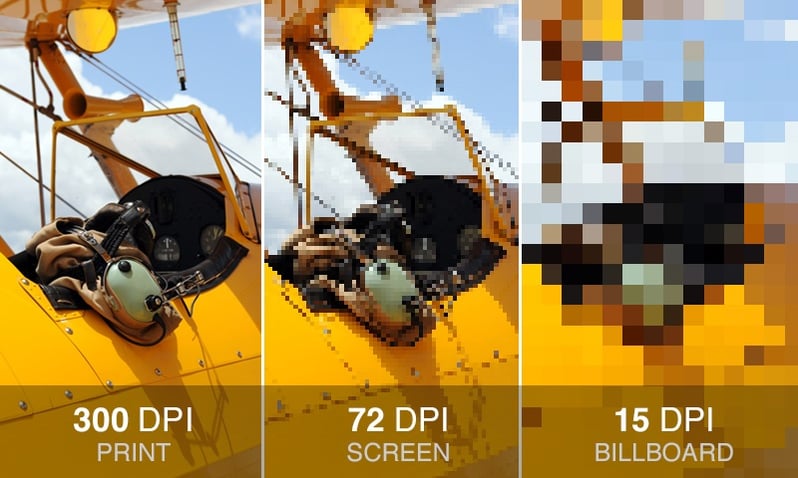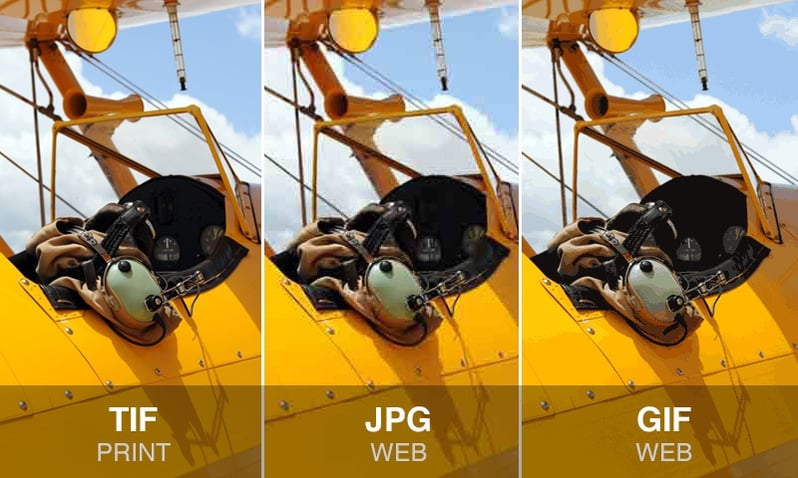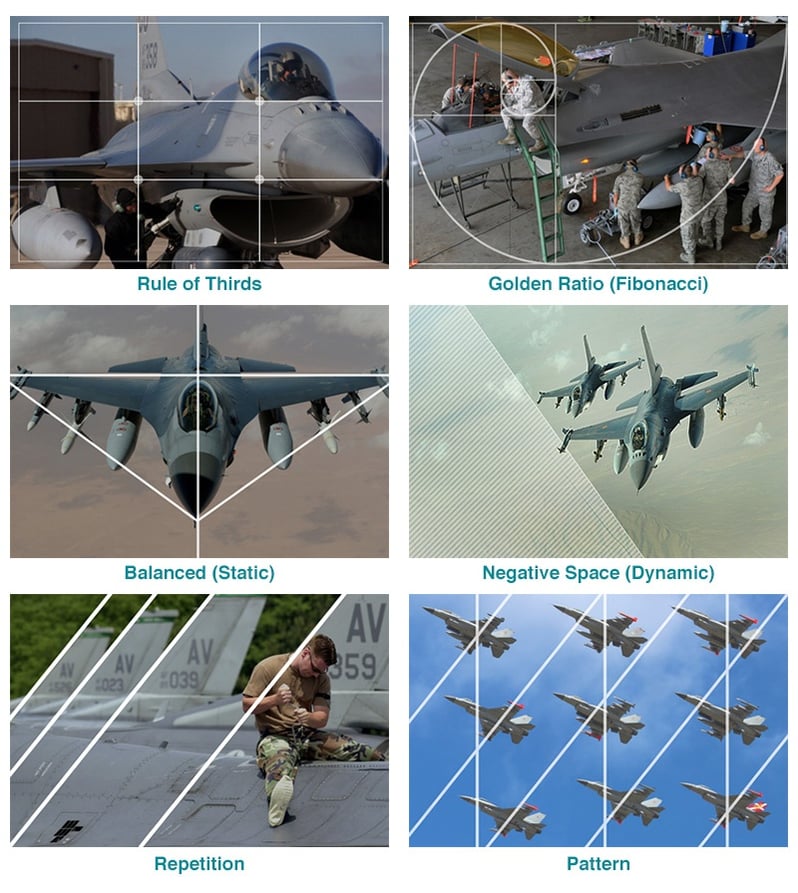Today marks the debut of our month-long focus on photography. For the next four weeks, we’ll be sharing actionable information, ideas and expert interviews designed to help you shoot and use photography more effectively in your aviation, aerospace and defense marketing.
We’re also announcing a month-long photo contest as a way to showcase great photographers and their work. One grand-prize winner will receive $500 and two others will receive cash prizes of $200 and $100.Entries will be accepted
 until Sept. 26, and judges are looking for high quality and dynamic composition, specifically images that capture the drama, excitement, and beauty of flight. Check out the details and show us what you’ve got!
until Sept. 26, and judges are looking for high quality and dynamic composition, specifically images that capture the drama, excitement, and beauty of flight. Check out the details and show us what you’ve got!
Images are a fundamental to any marketing effort. Humans are, after all, visual creatures, and few tools are as effective at telling a story as a good photograph. Photos convey great amounts of information in an instant, and make complex concepts easier to grasp. Their power isn't merely supposition. Content featuring compelling images averages 94 percent more total views than those without.
The photos used in your marketing also speak to the quality and reputation of your business. If your ad, website or trade show exhibit doesn’t attract the eye and tell your story, you’ve already made a bad first impression or worse: no impression at all.
Whether you're being asked to provide feedback on ad comps or you're actively involved in shooting photos for your business, it is important to understand and be able to discuss the fundamentals of images with others on your team.
Here are four criteria to get you started in selecting the best photos for your marketing.
1. Quality
Does the photo have the size and resolution to work for your purposes?
While there are many factors that influence image quality (sharpness, noise, exposure, etc.), the most common quality problem is resolution. Often measured in dots per inch (DPI), resolution describes how much information is packed into an image. The higher the resolution, the more detail the eye can discern.

As shown in the simulation above, even when images are reproduced at the same size, sharpness and detail are dependent on resolution.
Resolution requirements vary by medium. Magazines and print shops typically require all images to be at least 300 dpi for a smooth, crisp result. Websites, PowerPoint presentations, and other digital content require significantly less; typically 72-96 dpi. Always try to obtain image assets at the highest resolution and size possible. Remember: You can shrink a large image down to a smaller size, but you can’t enlarge an image without sacrificing quality.
Image format also plays a hand in determining quality. TIF files are best suited for use in printing photos. TIF images will be free of artifacts and other visual noise, but result in much larger files. Additionally, a photographer may provide you with the RAW files. These files will appear as a NEF, CR2 or some other extension depending on the camera used to shoot them. These files allow superb level of post-production image control, but must be converted to a JPG or TIF using photo editing software before they can be used.

The file types JPG, PNG and GIF are file formats created specifically for sharing images online with as little data as possible. These are considered "lossy" file types, because they discard visual information using various techniques that the human eye typically does not detect on a screen. Because they sacrifice quality for file size, these aren't typically used for printing. The exception being high-quality JPG files, that is JPGs with little or no compression, have become acceptable.
2. Content
Is the photo accurate?
It’s safe to say that the A&D market is pedantic. To the layperson, an airplane is an airplane, but within industry circles the expectation level is considerably higher. Often the biggest challenge we face in creating A&D marketing collateral is sourcing images of a specific aircraft type, model and configuration.
Of course the easiest way to accomplish this is with a photo shoot to meet your exact needs. While some professionals are gifted enough to shoot a wide variety of subjects, many are specialized. If you need aircraft images, find an aviation photographer. If you need images of your leadership team, your budget is best spent on someone who specializes in portraits. Also, don’t try to force a style upon a photographer. Look at their work ahead of time and share examples you like in order to determine if you will be able to achieve the desired results.
Sometimes budget or other constraints don’t allow for a photo shoot. In that case, be prepared to spend time tracking down a suitable image. If you’re using a stock photo source, such as Shutterstock.com, carefully verify that the aircraft is what it is labeled to be. Not all photographers are well-versed in aviation, so every Army helicopter becomes an “Apache”. Conversely, you may find you get more results using terms like “military helicopter” instead of “AH-64D”.

Another consideration is the environment and position of the aircraft. Is the aircraft depicted in a realistic and safe manner? If you’re planning to manipulate the image in order to change the environment or collage it with other aircraft, be aware angles and size relationships that appear fake or worse, like an accident is about to occur.
3. Expression
Is the photo interesting to look at?
Perhaps the most difficult criteria to quantify is visual appeal. While it's true that style is objective, there are some fundamentals of good design that are universal. Perhaps the greatest of these is composition.
Composition is the arrangement of all of the visual elements in a design within the frame. A good composition will draw the eye of the viewer through the image, and in doing so, tell a story greater than the subject matter alone. Photographers employ several techniques to create intriguing compositions. Perhaps the most widely known is the Rule of Thirds, but others include the Golden Ratio (sometimes called Fibonacci spiral), balance, negative space, rhythm and pattern. A good photographer or designer will understand how all of these elements come together and use them to create photos that capture a viewer's attention and imagination.
 Often overlooked is the ability of a photographic style to work as part of your brand. If you apply rules on composition, color and style uniformily to all of your marketing photo assets, they will establish a look that can be associated with your business just as strongly as your logo and corporate colors. As with anything in branding, consistency is key.
Often overlooked is the ability of a photographic style to work as part of your brand. If you apply rules on composition, color and style uniformily to all of your marketing photo assets, they will establish a look that can be associated with your business just as strongly as your logo and corporate colors. As with anything in branding, consistency is key.
4. Permission
Do you have the right to use the image?
Finding an image that meets all of the above criteria is meaningless if you can’t use it. This entire blog could be about the nuances of copyright law, and there would still be questions. Fortunately, there are many other fantastic resources on the subject written by attorneys who devote their careers to understanding it.
For our purposes, it is important to understand that it is typically only possible to use an image for a commercial purpose if:
- You, or someone in your employ, has created the asset
- You have purchased a license to use it from the person who created the asset
- You purchased the asset from a stock image resource, in which case the creator has agreed to allow that resource resell their image.
Notice that in all three of the above scenarios, some investment has been made, whether it was your time, an employee's wage, or a transaction with a photographer or photography resource. If you stand to make money from the use of an image and you haven't paid something for it, you may be breaking US Copyright Law.
The Department of Defense has the largest archive of military photos, and because they are tax payer funded they are available to the public. They will even let you use them for commercial purposes provided you follow their rules regarding endorsement, removing identifying information and attribution.
While it's true that there are many photo assets with Creative Commons licenses that are readily available, they generally exclude commercial uses, and are very strict with regards to reuse and attribution. Creative Common images are excellent for educational and non-commercial purposes (like blogs).
Additionally, unless you have endorsement from the owner or operating agency of an aircraft, you will have to remove all military markings and identifying information from the aircraft.
Understanding the nuances of these four criteria -- quality, content, expression and permission -- is a great first step in developing your marketing photo library.
If you liked this blog, and are interested in aviation photography, you may also want to:
- Download this all-new resource, “
 .”
.” - Check out this blog, “Photography Tips for Aviation Photographers.”
- Enter our
 — you could win $500!
— you could win $500!
